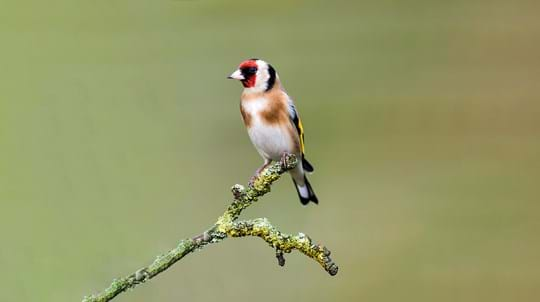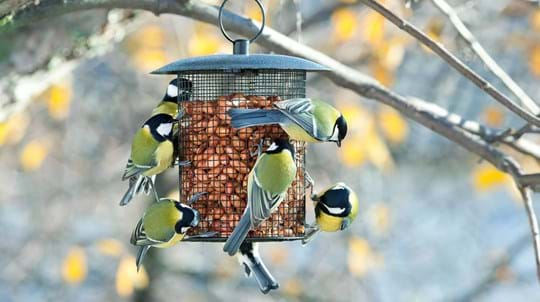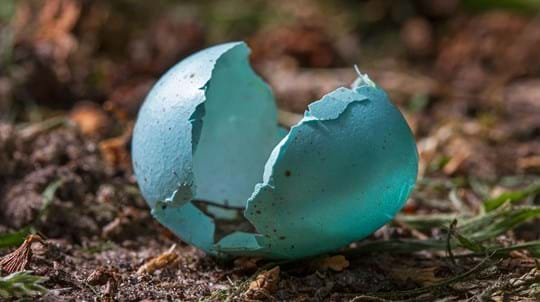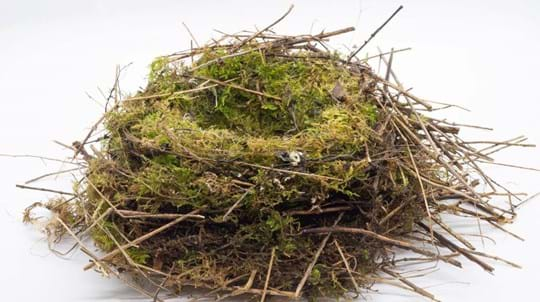
Credit: John Bridges / WTML
What do goldfinches eat?
The goldfinch is a specialist seed feeder. Its fine beak is perfectly adapted to extracting seeds from plants such as thistles and teasels. Insects and invertebrates are fed to young in spring and summer.











